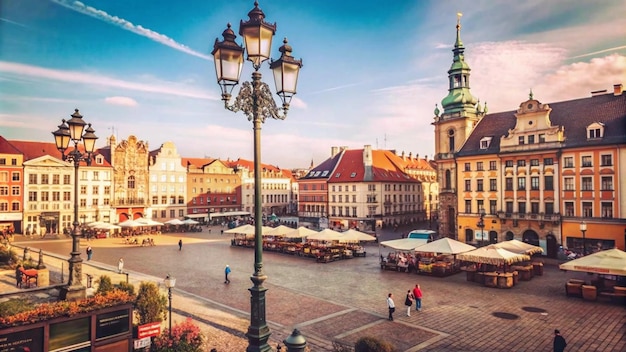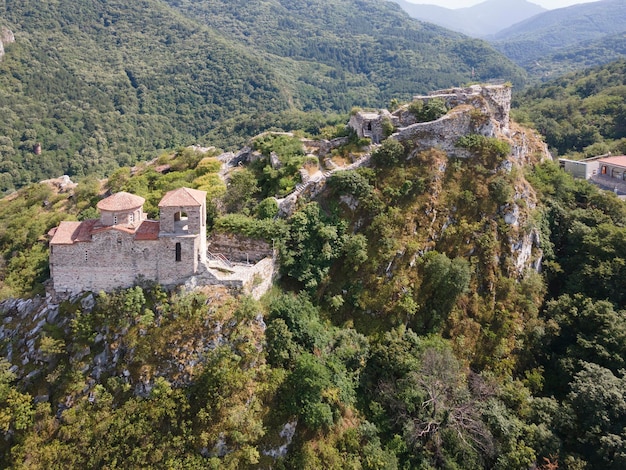
Ever fallen in love with a city right from the start? That’s rare for me, but Budapest was different. The Hungarian capital charmed me immediately. There’s so much to do in Budapest, and while soaking in thermal baths and enjoying ruin bars top my list, there’s plenty more to explore.
Originally, Budapest was two separate cities, Buda and Pest, on opposite sides of the Danube River. They merged in 1873, but locals still refer to them separately. After visiting both, you’ll see why.
On the west side of the Danube is Buda, with its rolling hills and a castle. It’s a quiet, primarily residential area. Pest, on the other hand, is full of life. When Buda sleeps, Pest wakes up – and the nightlife is amazing!
No matter where you are in Budapest, there are numerous budget-friendly activities. Spend your days sightseeing, evenings relaxing in thermal baths, and nights out on the town. I experienced this vibrant mix on my way to the World Cup in Russia and loved every moment. Budapest is not only fun but also offers great value for your money.
Start your visit with a free walking tour. In just a few hours, you’ll see iconic landmarks, learn about the city’s history, and make new friends. Multiple companies offer themed tours, such as communism and street art. The original walking tour, which runs every day at 10:30 AM and 2:30 PM, is a fantastic introduction.
After soaking in the quick-paced walking tour, revisit the places you want to dive deeper into. The guides are friendly and can offer great tips on dining, drinking, and other activities.
One must-see is the Hungarian Parliament. This stunning neo-Gothic building from 1896 commemorates Hungary’s 1,000th anniversary. After the fall of communism, President Matyas Szuros declared Hungary a republic here. Tour the building in multiple languages, though English tours sell out fast, so book ahead. The Parliament is open from April 1 to October 31, from 8 AM to 6 PM, and from 8 AM to 4 PM the rest of the year. It’s right on the Danube’s east side and hard to miss.
Budapest’s Ottoman past is clear from its many thermal baths. These were brought to Hungary during the Ottoman era and remain popular. The grand bathhouses are filled by geothermal springs, making them perfect relaxation spots. Some of the best are Gellert, Rudas, and Szechenyi. Prices vary, but you can expect to pay around $15 per person. I visited the Gellert baths—a relaxing experience despite the crowds.
Not far from the Gellert baths is the Citadella. Built in 1851 by the Hapsburgs, this fortress was an attempt to suppress Hungary’s independence movement. Though Hungarians demanded its destruction, much of it remains. The Citadella later served strategic purposes for both the Nazis and Soviets. Today, it’s a popular spot to watch the sunset over the Danube. You can find it on Gellert Hill on the Buda side.
Hungarian cuisine is rich and hearty, often featuring paprika. Don’t miss the national dish, goulash— a beef and vegetable soup with plenty of paprika. Chicken paprikash is another favorite, a creamy chicken stew served with mashed potatoes or dumplings. For a fun street snack, try langos, deep-fried dough topped with sour cream and cheese. Pair your meal with palinka, a local fruit brandy. Foodie tours are a great way to dive into Hungarian cuisine.
The Chain Bridge, the first permanent bridge across the Danube, played a crucial role in Buda and Pest’s unification in 1849. Although much was destroyed during WWII, it was rebuilt a few years later. Walking across the Chain Bridge offers spectacular views and is a top activity in Budapest.
Another highlight is Buda Castle, dating back to 1265. The Neo-Baroque building has been destroyed and rebuilt multiple times, most recently after WWII. Today, it’s home to the National Gallery, Budapest History Museum, and hosts various festivals throughout the year. You can reach it easily on foot or by funicular from the Chain Bridge.
For something eerie, explore the Labyrinth tunnels under Buda Castle. Used as bomb shelters, prisons, and Turkish harems, these tunnels now feature the Panoptikum attraction. Adult tickets cost about $10.50, and children’s tickets are $8.50. Join an oil lamp tour starting at 6 PM for an extra spooky experience.
Budapest’s famous ruin bars, mostly found in the old Jewish quarter, are a must-visit. These bars occupy abandoned buildings filled with eclectic furniture and decorations. Szimpla Kert, the original ruin bar, is a lively spot with themed rooms. Ruin bars like Anker’t and Kuplung are also great choices, and a pub crawl can be a fun way to explore several in one go.
The Danube River is beautiful and also the site of the Shoes on the Danube Bank memorial, a tribute to Jews killed during WWII. Consider a river cruise for a different view—options range from romantic dinner cruises to lively booze cruises.
St. Stephen’s Basilica is another stunning sight. This neo-classical church took over 50 years to complete due to a dome collapse. It’s tied with the Parliament building as the tallest in the city, symbolizing the equal importance of church and state. The basilica houses the mummified right hand of Hungary’s first King, St. Stephen, and features an observation deck for $2.
Catch breathtaking city views from the Budapest Eye, a Ferris wheel at Erzsebet Square. It’s open daily and tickets cost $10 for adults, $5 for children, or $27 for a family. The VIP ticket, which includes a glass of bubbly and line-skipping, is $20.
Fisherman’s Bastion on Castle Hill offers some of the city’s best views. The seven towers represent the Magyar tribes who founded Hungary in 895. Nearby, Matthias Church, dating back to 1241, is also worth a visit. Admission to the church is $6 for adults and $4 for children.
For a taste of local life, head to Margaret Island. This urban getaway in the Danube features jogging tracks, a water park, bike rentals, a Japanese garden, and a musical fountain. In August, the nearby Obudai Island hosts the Sziget Festival, one of Europe’s top music events.
Memento Park is a unique attraction showcasing statues and plaques from Hungary’s Communist era. Divided into Statue Park and Witness Square, it features over 40 statues, including the famous “Stalin’s Boots.” Admission is around $5 for adults and $4 for children, with an extra $5 for guided tours.
Budapest is a city rich with history, culture, and endless activities. Whether you’re soaking in thermal baths, exploring historic sites, or enjoying the nightlife, Budapest has something for everyone. Have more tips or suggestions? Share them in the comments below!




